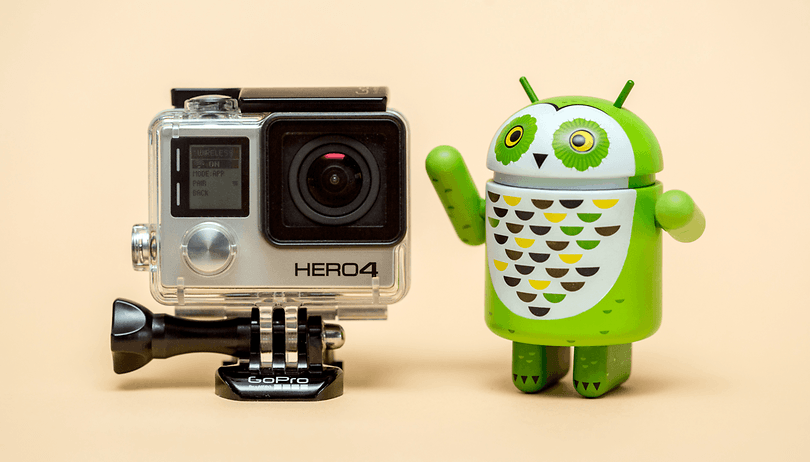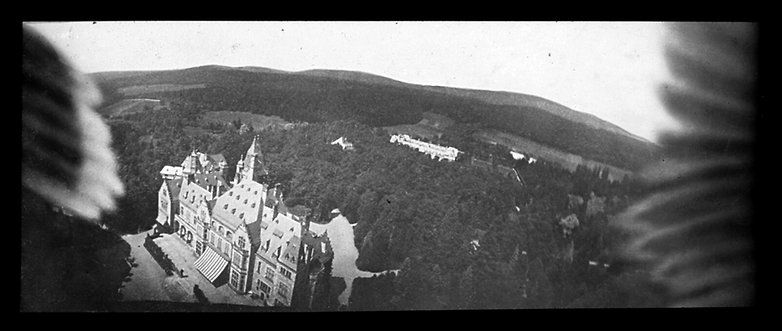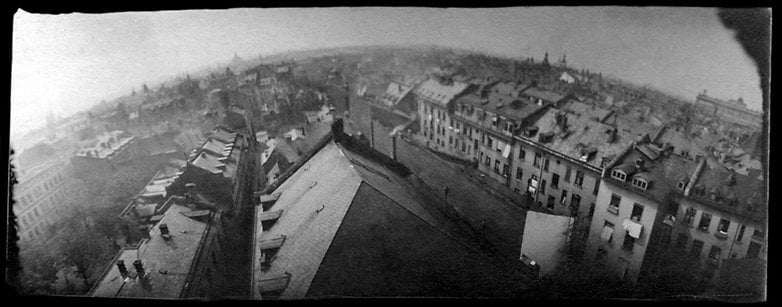#TBT - GoPro and drones have a common ancestor: the pigeon!


The question of "which came first, the drone or the GoPro?" is a bit of a chicken and egg situation. The answer is: they came at the same time! And the great creator is not a celestial figure, but a German apothecary, or pharmacist in modern terms. Yes, the ancestor of the onboard GoPro (and indeed, the drone) is none other than a photographic pigeon born of Julius Neubronner's imagination in 1903!
The idea of photographing the Earth from the sky is easy today with devices such as drones (or helicopters, for the wealthier such as Yann Arthus-Bertrand). At the beginning of the 20th century, the idea was already present, but the means were lacking. Two solutions were then possible: take a camera with you on a hot air balloon or use a kite. But the speed was poor and the movements were quite limited.
Pigeons are just drones on legs!
Dr. Neubronner, a German apothecary, pigeon fancier and amateur photographer, based near Frankfurt, used pigeons in the 1900s to send emergency drugs to a sanatorium a few kilometers away. One day, a pigeon returned to the doctor's pigeon house after being lost for nearly four weeks. It gave the ingenious apothecary the idea of filming the theft of his mail!

This is how Neubronner came to take his pigeons hundreds of kilometers from his home, to get a better idea of the path his animals took as they gently returned to their dovecote. The dovecote was quickly converted to become mobile (a darkroom was attached), so that Neubronner could leave his area and survey the skies in other countries!
But let's get back to our pigeons, which were dressed with a leather harness and aluminum frame, as a cameraman equipped with a Steadicam would be today. The harness was secure, the camera did not move and the pigeon felt little of the weight of the device.
What about the camera in all this?
Obviously, for the pigeon drone to work, the camera had to be portable, but above all lightweight, compact and not sticking out too far beyond the animal's chest.
As for the technical specifications, it had to be able to take photographs automatically throughout the flight of his pigeons, so Neubronner built several cameras equipped with a pneumatic synchronization mechanism to activate the shutter at defined intervals. Thanks to the protection and resistance of his small camera, it was capable of surviving all kinds of potential damage. Doesn't that remind you of something? I have the impression that Neubronner's devices very strongly inspired the camera that is now being taken in the water, in the air and underground: the modern GoPro.

Moreover, when printed, the photographs taken by the pigeons at the beginning of the 20th century were already very similar to the images taken by a GoPro today. This is mainly due to the rather random framing, but also to the wings of the flying pigeons, which surround the photograph and give a fisheye effect, which can be found on the pictures taken by cameras nowadays.
The pigeon camera's moment of glory
In 1907, Julius Neubronner presented his "pigeon camera" to the German Patent Office. They rejected his idea for fear that the pigeons would not be able to support the 75 grams of the camera in flight. But Neubronner had more than one trick up his sleeve and rebuked the claim by showing proof that his invention worked, in pictures, with photographs that his pigeons had already taken.

The granted patent was the beginning of glory for our German friend, who began to enjoy international success, exhibiting outside Germany, going as far as Paris, between 1909 and 1911. In Dresden, spectators watched the arrival of the pigeons and even left with a picture taken by them, which was printed instantly.
The results were so amazing, the German army decided to use the technology on the front line during the Great War. But the arrival of planes quickly replaced our travelling friend, whose usefulness for photographic purposes was quickly diminished.
Had you heard this story before? What do you think about it? Let us know.
Source: The Public Domain Review

















